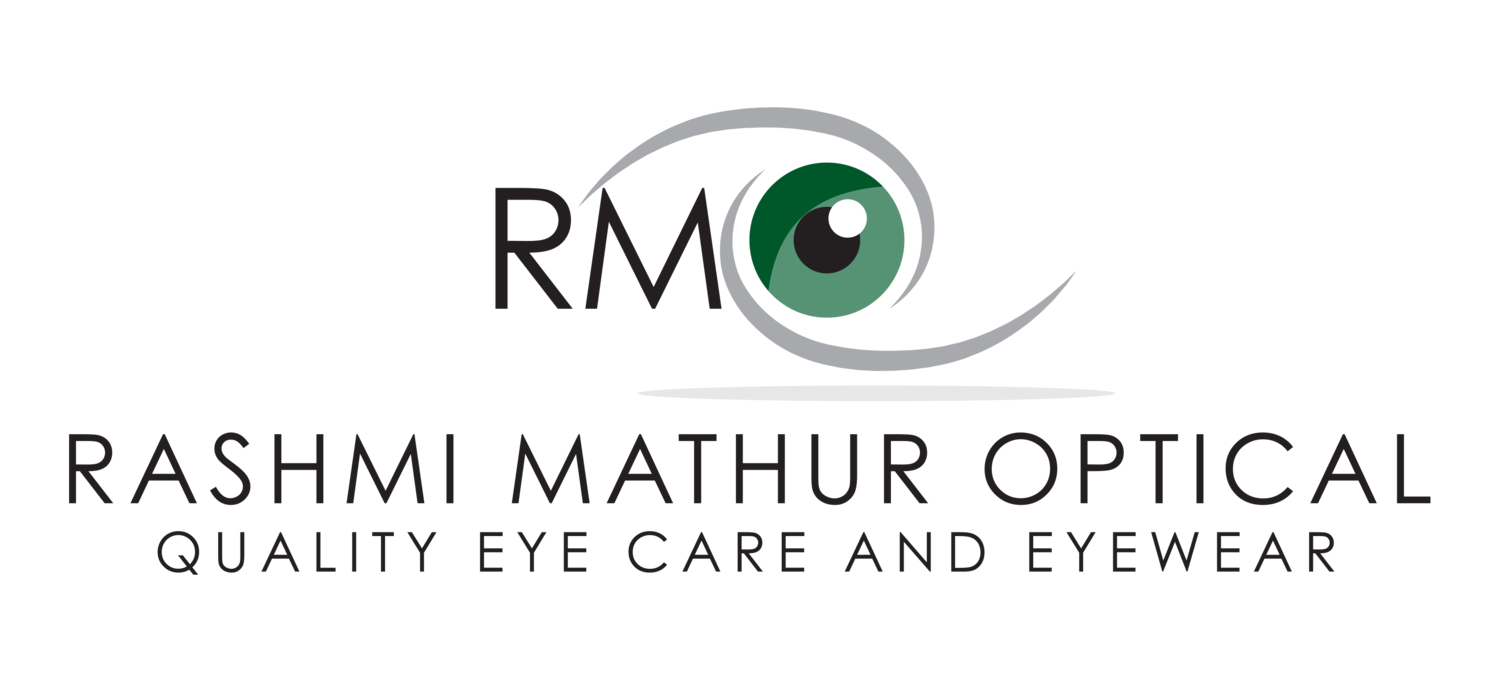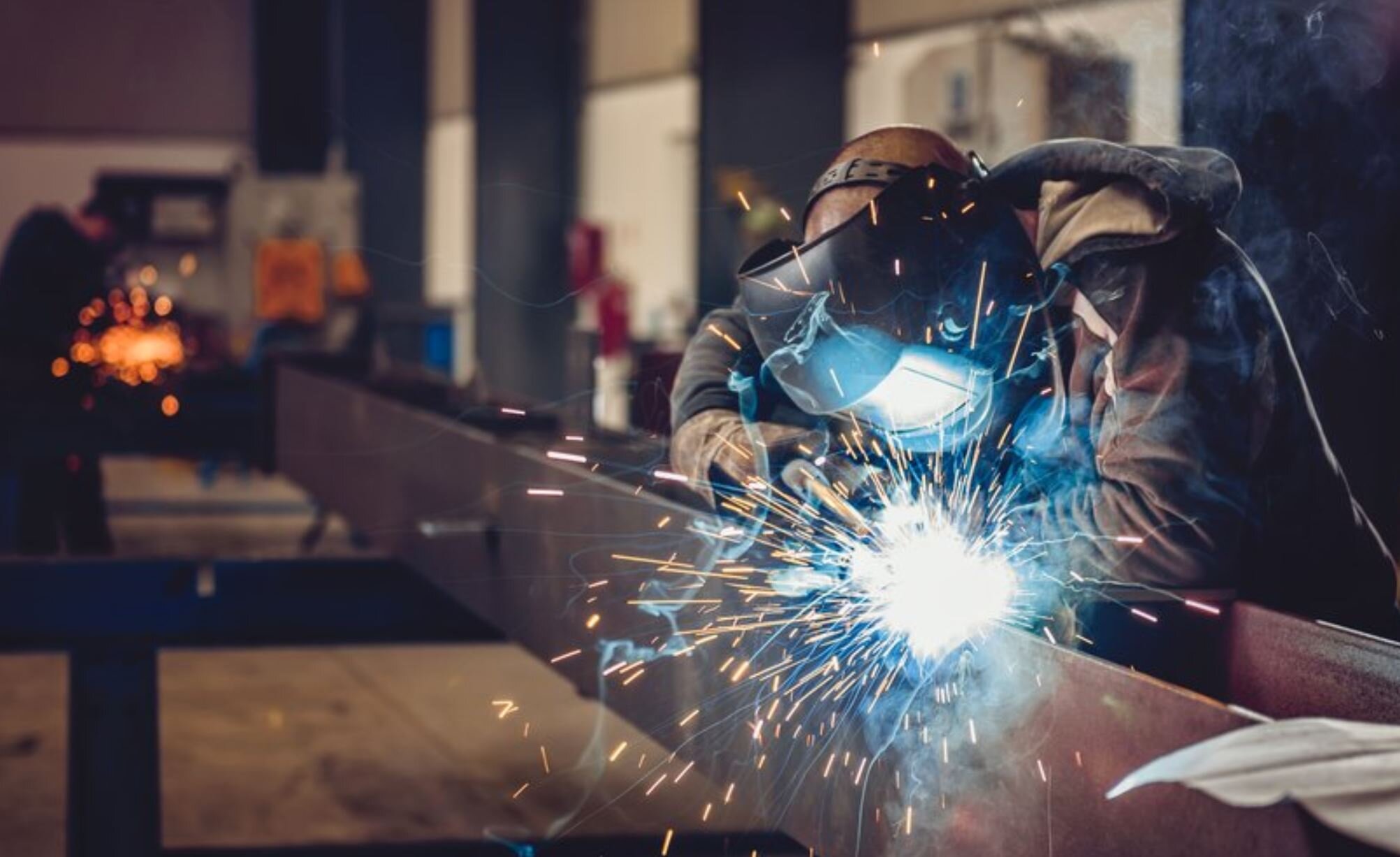Safety
We have been providing prescription safety glasses, goggles & Rx inserts used in face masks for companies in the Pt. Lisas Industrial for the past 20 years.
Safety Standards
All safety glasses, goggles and face shields used by employees under OSHA jurisdiction must meet the ANSI Z87.1 standard which cover the design, construction, testing, and use of eye protection devices. These cover requirements for protection from impact and penetration, hot sparks, liquid chemicals and vapours.
IOSHA standard 1910.133(a) places the responsibility for eye safety squarely on the shoulders of the employer:
According to a study by the Industrial Safety Equipment Association (ISEA), 68% of all employees who should be using protective eyewear do not. The main reason was that employers do not enforce their use, lack of style & comfort, job performance interference, expense, and lack of information.
“Employees need to recognize that no workplace is free from eye hazards. OSHA regulations offer guidance, but employees have to assume responsibility for protecting themselves, because, ultimately, the consequences of eye injuries are borne by the employee.”
Frames
Safety frames are larger than regular ones and have side shields to offer maximise eye protection. We have a wide range of both plastic and metal frames that are light, secure, and comfortable. Plastic frames are considered safer in case of impact.
Plastic safety frames have a wrap-around design, are padded at the nose bridge & temples and have a frame venting system to prevent fogging. They are the first choice.
For smaller faces or people who find frame fits difficult, metal frames allow more precise adjustments.
Optical Clarity
The lenses predominantly used are polycarbonate (with a specified minimum thickness of 2.2mm). This material has high impact resistance and is lightweight. One disadvantage is that wearers are sometimes aware of coloured fringes (chromatic aberration) in the periphery of the lens.
Trivex is the other material used. This is also lightweight, impact resistant and has the added advantage of being unaffected by chemicals and solvents. There is less chromatic aberration in these lenses. It’s one disadvantage is that the lenses are more expensive than polycarbonate.
Why is chromatic aberration a consideration?
Light is made up of many colours. When it passes through spectacle lenses the colours disperse. The extent to which this happens depends on the material it is passing through and is measured by its Abbe Value. A higher Abbe value gives less aberration.
Aberrations become more apparent in high contrast situations (computers, bright light).
Care of Safety Glasses
Dos:
Rinse the glasses with water before wiping them. Use a lint free, micro-fibre cloth.
Polycarbonate lenses can be wiped using a very dilute solution of water and neutral liquid soap
Lay glasses down with lenses facing upwards
Use both hands to put on and take off your glasses. In movies, people are always using one hand in intense moments. In reality, it loosens the screws and misaligns the glasses. If you are looking through crooked glasses, your vision is going to be blurred.
Caution:
Do not use acetone. It will strip the lenses
Do not leave in direct heat or the car especially in our tropical temperatures as the lenses will be damaged. The windscreen acts like a magnifying lens in trapping heat.
Do not use dry tissues or napkins to wipe lenses. Any debris on the surface will act as an abrasive.
Arc Eye
Arc welding is a type of welding that uses a power supply to create an electric arc between an electrode and the base material to melt the metals at the welding point.
What is Arc Eye?
This is a painful eye condition caused by insufficiently protected eyes to UV radiation. It is equated to “sunburn” of the cornea and conjunctiva and is not usually noticed until several hours after exposure. The symptoms are red, watery, painful, gritty eyes.
Prevention
Arc eye is prevented by wearing adequate eye protection that blocks UV radiation such as:
Welding goggles
Welders Helmet
Treatment
Cool, wet compresses over the eyes
Patch the eye or wear sunglasses to avoid the light during the healing phase
Artificial tears (lubricating eyedrops)
Be patient. It usually resolves in 36 hours.
When is it an emergency
Worsening pain and glare sensitivity
Change in vision.







